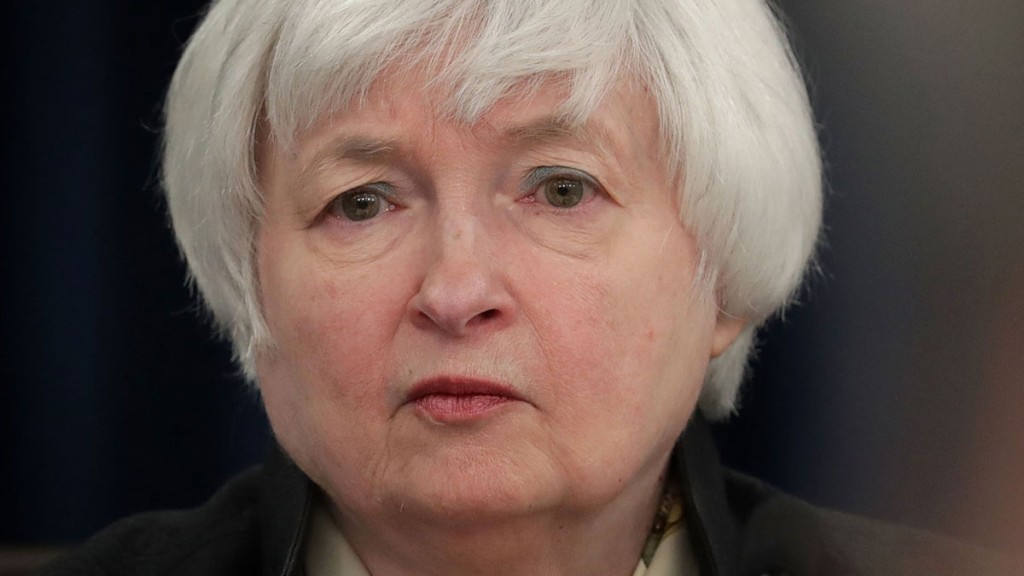
Central bankers get huge amounts of attention from analysts, the media and investors. It wouldn’t surprise me if you get sick of reading about it – I know I do.
It may seem like madness that in an ostensibly free market, so many column inches are dedicated not to the performance of individual companies, nor to analysing governance and economies, but to the language used by a small group of people – largely academics – who set interest rates for the global economy.
And it is madness.
But that’s the system we work within.
So this morning, we’re going to talk about the Federal Reserve.
The Great Depression: “It was all our fault”
Make no mistake, central bankers matter hugely to markets. They control the cost of borrowing. If they really want to – in today’s environment at least – they could set interest rates across the entire yield curve by printing enough money to purchase the entire bond market. They are by far the most powerful entities in the market right now.
They are not omnipotent, and they are very far from infallible. In fact, I’d argue that they’re steadily destroying what remains of the free market capitalist system from within.
But if you a) imagine that markets can ignore them or b) that they are out of ammunition, then you are in denial. (And I speak as someone who has laboured under at least one of those delusions at points in the past.)
The good news is that it’s not that hard to understand what the Fed – the most important central bank – has planned. You will not go broke by assuming that the Fed will be more dovish than anyone really expects. Here’s why.
Looking back at the long-term history of bond yields and interest rates, this period resembles no other in history more than the Great Depression. The only other time that short-term interest rates have fallen to zero in the US was during the Depression. Long-term rates – well, they’ve never been this low.
So the Depression and Japan are the two comparisons uppermost in central bankers’ thoughts right now. They’re the bogeymen to be avoided. And what you have to understand is that the Fed, as an institution, blames itself for the Great Depression. That’s become part of accepted history.
Now, I don’t agree with the Fed’s take. My own view is that lots of things were to blame for the Great Depression, primarily the boom that preceded it. If the Fed’s going to learn anything from that, it should be dedicating itself to working out how to identify and tackle bubbles before they get too big and too dangerous.
I suspect it would rapidly realise that a policy of minimal intervention, and a high tolerance threshold for the occasional drop in growth or in the S&P 500 would keep things in line by decreasing moral hazard massively. Take away the “Greenspan put” (a similar factor played a role in the pre-Depression boom) and you’d reduce mindless risk-taking.
But what I think – and what you think – doesn’t matter. The only lesson the Fed learned from the Depression is that it tightened monetary policy too quickly in the aftermath. It also believes that monetary policy in Japan has been too tight.
So the very, very last thing that the Fed wants to do is to raise interest rates too soon.
More than anything else, think how embarrassing it would be for Janet Yellen, to have prolonged the Great Recession, all because she ignored Ben Bernanke’s public promise to “not do it again”. She’d have no legacy to speak of. She couldn’t hold her head up in the halls of academia ever again. Think of the stilted dinner party conversations!
And the truth is that people don’t like officials who take tough decisions, even when they’re necessary. And most people want to be liked. So there’s a natural desire to keep interest rates low.
So this is just about the only thing you need to take into account when you’re thinking about what the US central bank might do next. The Fed has a massive, chronic bias towards keeping monetary policy as loose as possible and whatever the data says, it’ll always have an excuse to do that.
Low interest rates: the Fed’s grim new normal
This month, the Fed had all the excuses it needed. Weak jobs growth, fear of Brexit – no one expected the rate setters to raise rates this month.
But they went one step further. A significant number of officials reckon there will only be one more rate hike this year – just a few months ago, there were meant to be at least another three. They now reckon that interest rates will be at just 2.4% by the end of 2018, from 3% before.
The Fed also cuts its long-term forecasts. It reckons that the long-term “equilibrium” rate – the new normal, you could call it – will only be 3%.
In short, forget seeing a rate rise this side of summer. In fact, I’d be amazed if they hike before the US election.
It all means the weak dollar story is still the one to go for this year. At the start of the year, that was a wildly contrarian notion. Not so much now – but we’re still a long way from it being consensus. Stick with gold, and keep an eye on emerging markets too.